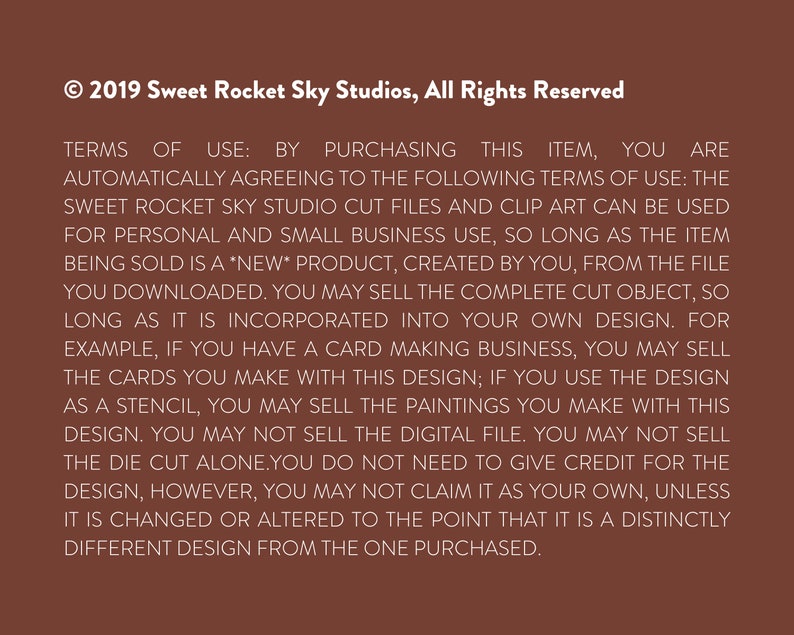
Individual form elements are placed closely together and often show the entire body of the animal. U-forms and ovoids are most often painted RED, with white highlights. If the U-Form is rather wide, a pair of Split U’s might fill the space in better.įORMLINES are usually painted BLACK. Many times a SPLIT U-FORM is used in ears, feathers, tails and many other open spaces. Smaller U-Forms also serve to fill in open spaces and are often used to represent the small individual feathers of a bird’s body. U-Form can be seen as part of the Formline in ears and in the tail or flukes of a whale or fish. Large U-Forms often help shape the body of a bird or an animal. It looks like the capital letter “U” and one leg may be longer than the other.

Floating ovoids may also be part of the design on a wing, an arm or a body.Īnother frequently used element is the U-FORM. This ovoid may be small and solid (painted in with black), or a nearly solid element (including additional LINE and/or COLOR) representing an eyeball. Sometimes an INNER OVOID or a FLOATING OVOID is included inside a larger ovoid Formline. Ovoids also serve to fill empty spaces of a design. Small ovoids may contain faces or indicate eyes, ears, noses, or the blowhole of a whale. They can help form a wing, tail, fluke, or fin. Ovoids can represent eye sockets or major joints of a body (knees or hips). A large ovoid may be used to create the head of a creature or a human. The upper section of the Formline is usually thicker than the lower. The ovoid may be solid (colored in with black or a color) but is usually an open shape made with a black Formline contour. It is a variation of an oval and has a rounded top with a flat bottom. One frequently used element is called an OVOID. Certain SHAPES and FORMS are used to show the different body parts of an animal. U-form : Variations of a U-shaped element in the design system of the Northwest Coast artĪnimals represented in NW Coast Native American art have body parts that are enclosed with thick and thinner black lines called FORMLINES. Ovoid : Variations of an oval SHAPE (2-D) or FORM (3-D) used in the design system of Northwest Coast art You can easily tell what the ABSTRACT (Expressionistic) animals are if you understand the rules concerning the shapes of the design elements and the colors that are used.įormline : A design system of the northwest Coast cultures in which thick and thin lines enclose the basic Ovoid and U-form elements and their variations. The design elements are based on specific types of SHAPES. These design elements are still used in the same way today by Northwest Native Americans. The very simple DESIGN ELEMENTS used in the wonderful masks, totem poles, rattles, storage boxes, panels and other artistic objects were always used in a correct manner and specific rules had to be followed. The Northwest Coast Native Americans legends and art forms go back at least 1,000 years. Each spirit or animal had a story to go with it.īe sure ALL 10 pictures are returned to the Packet Carrier after your Presentation is finished. Traditional color schemes and stylized shapes were used to paint these spirits which were usually animals. Pictures of these spirits were carved on totem poles and masks and were sewn on robes. Consequently, they gained the skill to hunt certain animals, or the rights to hunt in a specific place or wear a special mask, or use an animal as a crest or totem for their art. Each clan had a story of how an ancestor had a special encounter with an animal or spirit. The sea and land animals that lived on the Pacific Northwest Coast formed the basis of First Nation mythology. They believed that everything, from pebbles on the beach to animals, possessed a spirit.Įach clan (extended family) traced its origins to a specific spirit, which became their totem (symbol or crest). The Native Americans who lived on the Pacific Northwest Coast dwelt in tribes or groups of related families. These stylized designs are usually SYMMETRICALLY BALANCED. Different colors are used to show the inside of the animal’s body-white, green, blue or yellow. The carved and painted subjects are native animals that are also representations of various family crests or totems. Black form lines are filled in with various ovoid and U-Form elements, mostly painted red with white highlights. In this type of art, abstract animal designs are created using FORMLINES, OVOIDS, and U-FORM elements. Northwest Native American Art is created using some unique and unusual design elements, which are not found in Fine Art.


 0 kommentar(er)
0 kommentar(er)
